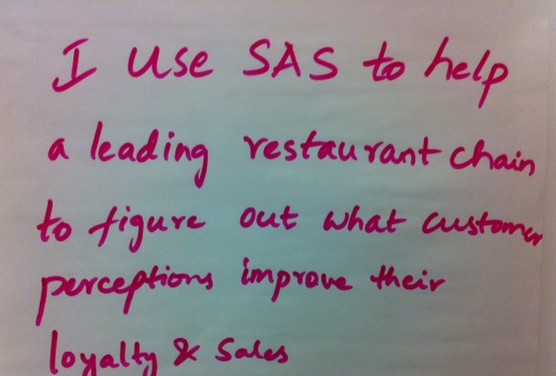
Insurers have faced significant headwinds in the last few years. The insurtech market continues to grow, even if it’s had the wind taken out of its sails recently due to funding for start-ups drying up and following the collapse of Silicon Valley Bank. But another contender and digital disruptor has















